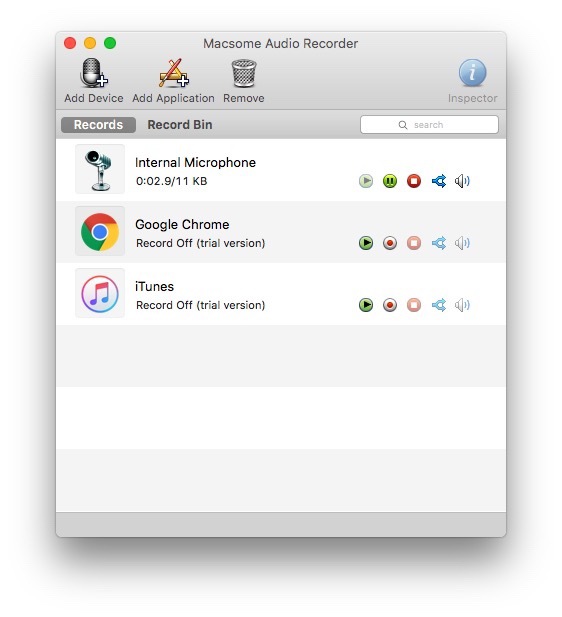

Some composers, for example, will run entire sections of the orchestra (strings, wind, brass and percussion) on separate computers, with just the main workstation working as a MIDI sequencer (Junkie XL has some great YouTube videos for this way of working).Įven if your needs are little less taxing, there might be some sense in farming-off part of your instrument list over to a separate machine, particularly with instruments like piano that can put a lot of strain on even the most powerful setup. The second and arguably more interesting route is to use the additional machine as another sound generator. For the process to work, you’ll need to synchronise playback between the two machines (via MTC) and then load the video into the slave computer. HDMI converter, you won’t need anything more than a basic laptop. If you’re scoring to picture, the reduced workload on your main machine (both in terms of graphics and the physical data of a large video file) is a welcome one, and with a suitable Thunderbolt (or MINI Display Port) to Arguably the most straightforward use is using a second slave machine as a means of outsourcing video playback. Likewise, the project’s synchronisation settings will also feature these additional output options, letting you send MTC over the network.Īs we highlighted earlier on, there are two main ways a two Macs based Logic setup tends to get used. Once set, these new connections appear as additional MIDI ports in your system.Ĭreate a new external MIDI track, for example, and you notice the new port assignments appearing in the list of output options. You can now go about creating virtual ports between the two machines, pressing the Connect button to establish the link between the two machines. To establish a Network MIDI connection, you need to open the MIDI window (as part of Audio and MIDI setup) and click on the Network icon. Not only is a network-based MIDI connection efficient on cable usage, it’s also super-fast given the relatively small amounts of data contained in a typical MIDI transmission.Īlthough it is possible to use Wi-Fi, a wired Gigabit Ethernet connection should be the preferred method, as this delivers the best performance with zero latency. However, thanks to the marvels of OS X’s Audio and MIDI Setup application, combined with a fast Ethernet connection, we can simply use an existing network connection to route hundreds of MIDI channels, as well as the aforementioned MTC, over a single cable. Once connected, you could choose to route MIDI data from one computer to another with one as a master machine and sequencer while the other is used as an external sound generator.Īnother way is to use MTC (MIDI Timecode) to synchronise the two machines, so that pressing play on one workstation would activate the other. Traditionally, this often meant using a MIDI cable connected via a MIDI interface on both computers.

LOGC RECORDING SOFTWARE FOR MAC PRO
Although it’s easy enough to boot Logic Pro X up on two Macs, what you need is a means of moving musical data between the two systems.


 0 kommentar(er)
0 kommentar(er)
